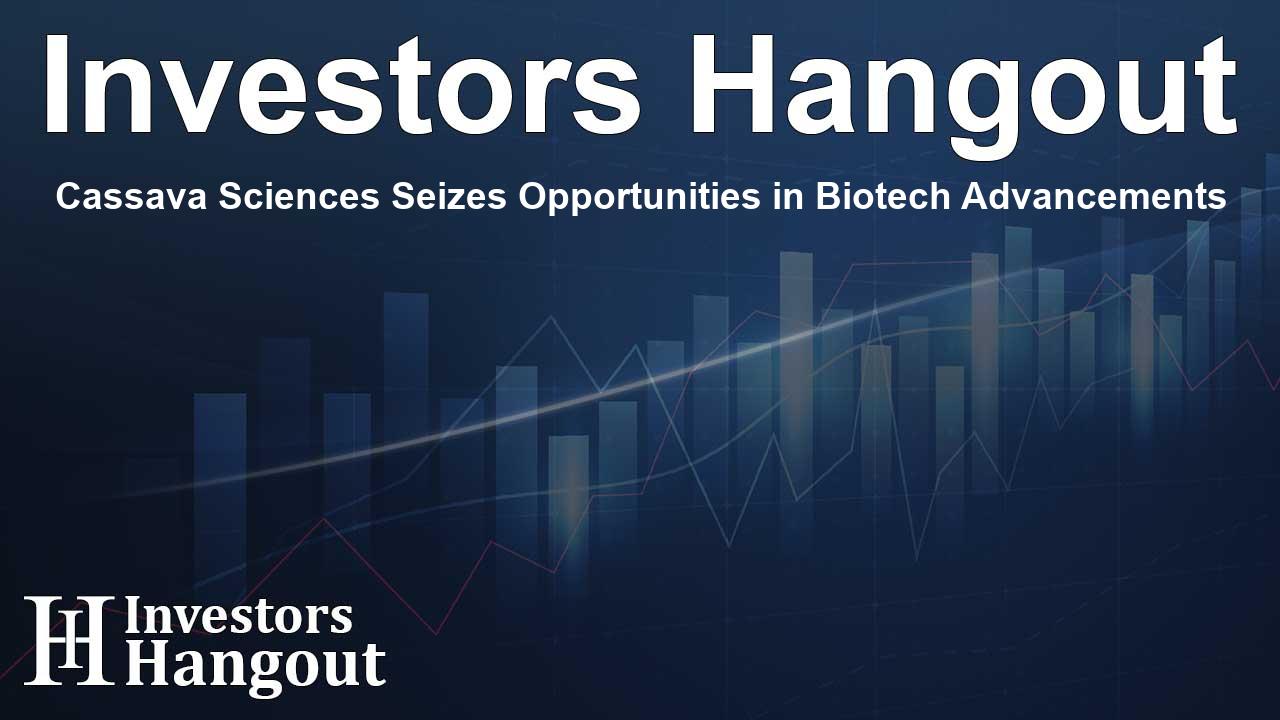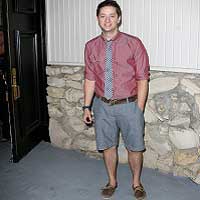Cassava Sciences Seizes Opportunities in Biotech Advancements

Cassava Sciences Shares Robust Business Update and Financials
In an exciting update from a leading biotechnology firm, Cassava Sciences, Inc. (NASDAQ: SAVA) recently shared its financial results and an overview of its business strategies tailored towards breakthrough therapeutic developments. Focused on the central nervous system (CNS), Cassava is on the move, aiming to uncover new avenues for treating conditions like Tuberous Sclerosis Complex (TSC)-related epilepsy.
Transformative Developments on Simufilam
Following the positive outcomes from preclinical studies, Cassava has decided to accelerate the development of simufilam, a prospective game-changing treatment for TSC-related epilepsy. The company plans to initiate a clinical study by H1 2026 to further investigate this innovative approach.
Noteworthy Preclinical Advancements
Recent studies have shed light on the impressive efficacy of simufilam. Conducted in conjunction with reputable organizations, including Yale University and the TSC Alliance, these studies demonstrated significantly reduced seizure frequency in rodent models suffering from focal onset seizures. Specifically, simufilam showcased a remarkable 60% reduction in seizure activity, indicating it may lay the groundwork for the first-in-class treatment for TSC-related epilepsy.
Cash Position and Financial Overview
As of June 30, 2025, Cassava reported a solid financial footing with $112.4 million in cash and cash equivalents, indicating its ability to fuel ongoing research while navigating ongoing litigation costs with an estimated loss contingency of $31.25 million. Despite a net loss of $44.2 million captured during the quarter, up from a net income of $6.2 million in the previous year, the company remains steadfast regarding its future trajectory.
Cost Management Efforts
Cassava has embraced a proactive plan for managing its resources. The projected net cash usage for the second half of 2025 is anticipated to range from $47 to $51 million. This figure takes into account both ordinary operational costs and contingency reserves necessary for legal matters. The financial prudence exhibited promises to set the stage for future stability.
Leadership Changes and Their Impact
The recent appointments of accomplished neuroscience professionals such as Dr. Joseph Hulihan as Chief Medical Officer, and Angélique Bordey as Senior Vice President of Neuroscience, reflect Cassava's commitment to fortifying its research and clinical development team. These seasoned leaders bring a wealth of experience that is invaluable for navigating the complexities of CNS disorder treatments.
Preparing for Proof-of-Concept Study
The upcoming proof-of-concept study for TSC-related epilepsy is more than just a project; it symbolizes Cassava's long-term vision. Conducting final pre-Investigational New Drug (IND) studies and formulating a comprehensive regulatory strategy are crucial steps towards this milestone. The excitement around simufilam aligns with the broader mission of increasing patient access to effective therapies.
Addressing a Pressing Medical Need
Approximately 50,000 individuals in the U.S. are affected by TSC, making it a significant public health challenge. TSC-related epilepsy is particularly alarming due to its high prevalence, with upwards of 80% of patients experiencing seizures. Cassava's commitment to addressing these pressing medical needs underscores its dedication to enhancing the quality of life for those impacted.
The Vision Ahead
With ongoing developments and a robust pipeline of research opportunities, Cassava Sciences is optimistic about its future endeavors. The promise of new treatment options for TSC-related epilepsy not only highlights the company's innovation but also its role in forging ahead within the biopharmaceutical landscape. Stakeholders can anticipate more insightful updates as the clinical studies unfold and new avenues for treatment emerge.
Frequently Asked Questions
What is the primary focus of Cassava Sciences?
Cassava Sciences primarily focuses on developing investigational treatments for central nervous system disorders, notably TSC-related epilepsy.
What is simufilam?
Simufilam is a proprietary, investigational oral small molecule aimed at modulating the activity of the filamin A protein to treat CNS disorders.
How much cash does Cassava Sciences currently hold?
As of June 30, 2025, Cassava Sciences holds approximately $112.4 million in cash and cash equivalents.
What are the projected cash uses for Cassava in the upcoming months?
Net cash usage for the second half of 2025 is expected to range between $47 to $51 million, including planned litigation costs.
Why is the proof-of-concept study significant for Cassava?
The proof-of-concept study is crucial as it marks Cassava's entry into clinical trials for simufilam intended to treat TSC-related epilepsy, aiming to provide much-needed options for patients.
About The Author
Contact Logan Wright privately here. Or send an email with ATTN: Logan Wright as the subject to contact@investorshangout.com.
About Investors Hangout
Investors Hangout is a leading online stock forum for financial discussion and learning, offering a wide range of free tools and resources. It draws in traders of all levels, who exchange market knowledge, investigate trading tactics, and keep an eye on industry developments in real time. Featuring financial articles, stock message boards, quotes, charts, company profiles, and live news updates. Through cooperative learning and a wealth of informational resources, it helps users from novices creating their first portfolios to experts honing their techniques. Join Investors Hangout today: https://investorshangout.com/
The content of this article is based on factual, publicly available information and does not represent legal, financial, or investment advice. Investors Hangout does not offer financial advice, and the author is not a licensed financial advisor. Consult a qualified advisor before making any financial or investment decisions based on this article. This article should not be considered advice to purchase, sell, or hold any securities or other investments. If any of the material provided here is inaccurate, please contact us for corrections.
